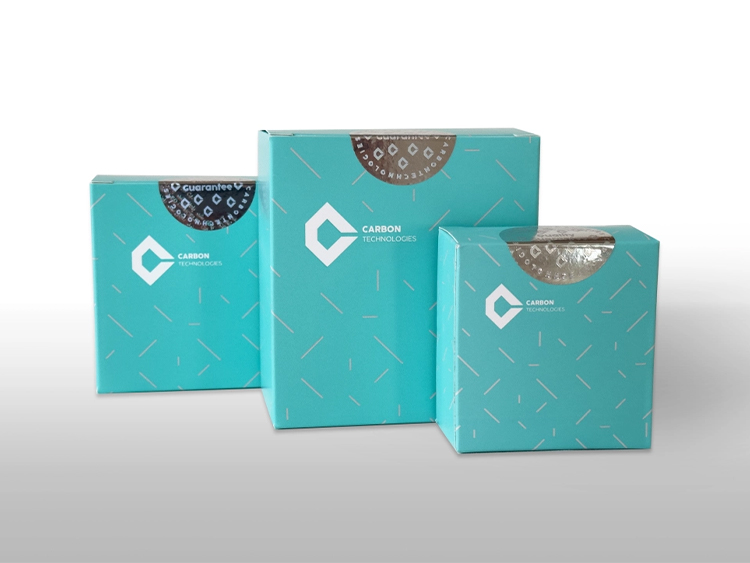
Intended Use
This product is used to qualitatively detect the antibody to Hepatitis C Virus (HCV) in human serum and plasma.
Principle
This kit is designed with the chemiluminescent immunoassay based on double- antigen sandwich method to detect HCV antibodies in human serum and plasma. Firstly, the sample, the antigen-coated magnetic particles, and the recombinant HCV antigen-labeled biotin are mixed, and the HCV antibodies in the sample bind to the antigens on the magnetic microparticles and the biotin-labeled antigens. Recombinant HCV antigen is pre-coated on magnetic microparticles, and the sample to be tested and the recombinant HCV antigen- labeled biotin are added; as a result, the HCV antibody in the sample binds to the antigen on the magnetic microparticle and the biotin-labeled antigen to form a complex of “pre- coating antigen-HCV antibody-antigen-labeled biotin”. After magnetic separation and washing, other substances that fail to bind to the magnetic microparticles are removed. Then, acridine ester-labeled streptavidin (SA) and acridine ester-labeled recombinant HCV antigen are added. After incubation and washing, other substances that fail to bind to the magnetic microparticles are removed. Finally, the pre-trigger solution and the trigger solution are added so that the complex emits the light signals that the analyzer can measure in RLU. The intensity of light signals is positively correlated with the amount of HCV antibodies in the sample. The S/CO (COI) value of HCV antibodies in the sample is calculated through the calibration results by the analyzer.
Storage
The kit should be stored upright, not upside down or horizontally. Store at 2–8°C with a validity period of 12 months.